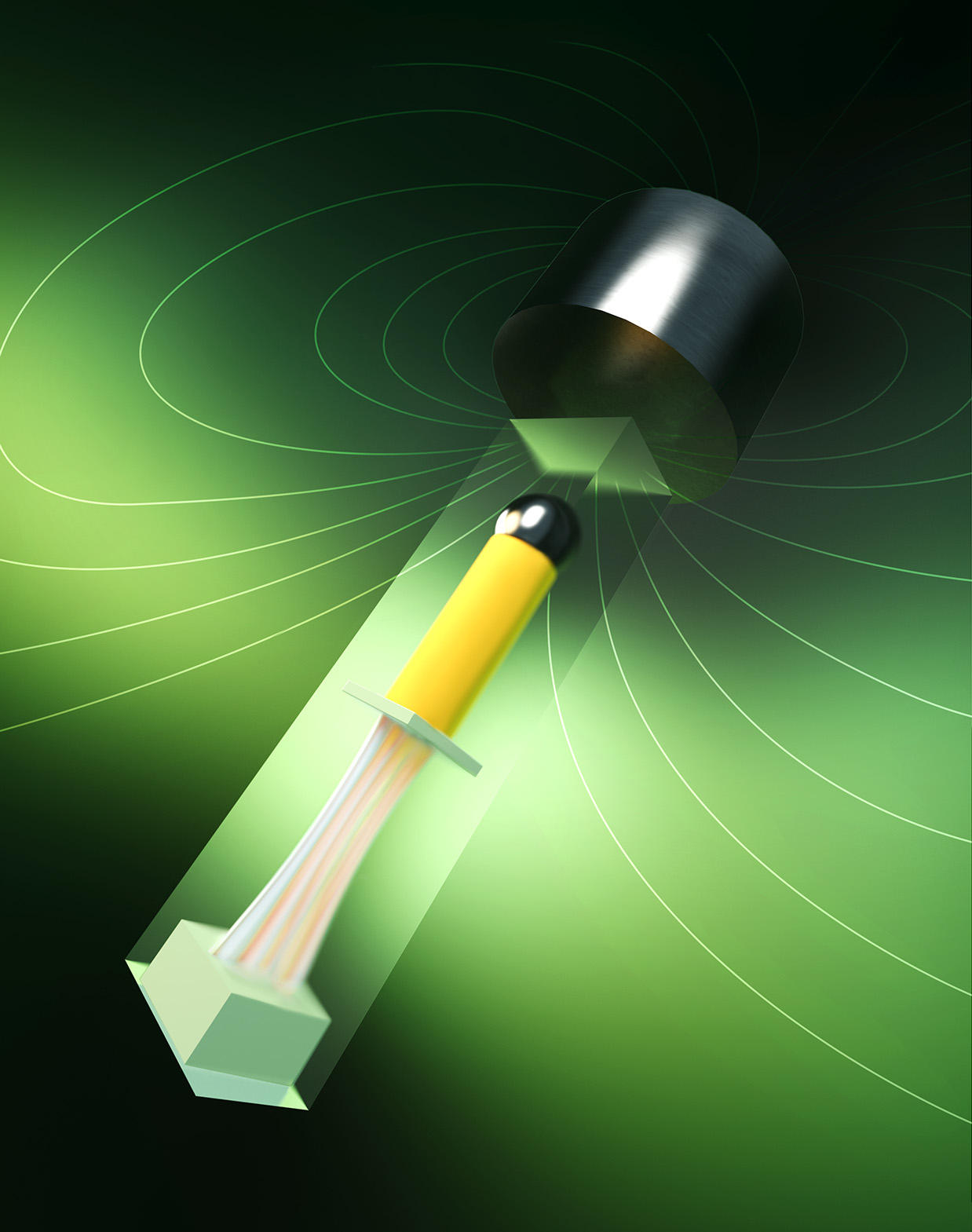
Representation of an software for tensile trying out of sentimental organic tissues this is in keeping with the interplay between an electromagnet and a ferromagnetic bead. A buoyant part between the tissue and the bead supplies mechanical steadiness right through trying out. Characterizing the biomechanical houses of residing tissue with top constancy will assist elucidate adjustments of their serve as right through organ construction, body structure, and illness. Credit score: BioHues Virtual
Consistent with researchers, a groundbreaking electromagnetic machine has set a brand new benchmark for precision within the box of mechanobiology. This machine, which allows correct size of plenty of comfortable organic tissues, makes it conceivable to behavior mechanical assessments on samples the dimensions of human biopsy specimens, making it in particular helpful for analysis into human illnesses.
The mechanical houses of the frame’s comfortable tissues, together with stiffness and power, play an important function of their right kind functioning. As an example, the softness of the gastrointestinal tract’s tissues facilitates the motion and digestion of meals, whilst tendons, that are reasonably extra stiff, transmit pressure from muscular tissues to bones and permit motion.
The power to as it should be measure the mechanical houses of those tissues, that are topic to modify right through developmental processes or as a result of illness, has profound implications for the fields of biology and medication. measure those houses are recently insufficient, and their accuracy and reliability remain limited – until now.
New research involving researchers from the University of Cambridge and the MIT Institute for Medical Engineering and Science (IMES) has resulted in a device that relies on magnetic actuation and optical sensing, thus potentially allowing for live imaging of the tissue under an inverted microscope. This way, insights can be gained into the behavior of the tissue under mechanical forces at both a cellular and molecular level. The results are reported in the journal Science Advances.
An electromagnet exerts a pulling force on the tissue specimen which is mounted on the device, while an optical system measures the specimen’s change in size or shape.
“One of the most critical requirements for mechanical testing of soft biological tissues is the need to mimic the biological specimen’s physiological conditions (e.g., temperature, nutrients) as closely as possible, in order to keep the tissue alive and preserve its biomechanical properties,” said Dr. Thierry Savin, Associate Professor in Bioengineering, who led the research team. “To this end, we designed a transparent mounting chamber to measure the mechanical properties of tissues – at the millimeter scale – in their native physiologic and chemical environment. The result is a more versatile, precise, and robust device that shows high reliability and reproducibility.”
To directly assess the performance of their electromagnetic device, the researchers conducted a study on the biomechanics of a mouse esophagus and of its constitutive layers. The esophagus is the muscular tube connecting the throat with the stomach and it is composed of multiple tissue layers. The researchers used the device to conduct the first biomechanical investigation of each of the three individual layers of the mouse esophageal tissue. Their findings showed that the esophagus behaves like a three-layer composite material akin to those commonly used in several engineering applications. To the researchers’ knowledge, these are the first results acquired of the mechanical properties of each individual layer of the esophagus.
“Our study demonstrated the enhanced reliability of the electromagnetic device, yielding errors in the stress-strain response below 15% – a level of accuracy not seen before,” said Dr. Adrien Hallou, Postdoctoral Fellow at the Wellcome Trust/Cancer Research UK Gurdon Institute. “We hope that this device may eventually become the new standard in the tissue biomechanics field, providing a standardized dataset for the characterization of mouse and human soft tissue mechanics across the board.”
Luca Rosalia, a Ph.D. candidate at IMES, added: “Through analysis of the biomechanics of healthy tissues and their changes as they occur during disease, our device could eventually be used to identify alterations in tissue properties that are of diagnostic relevance, therefore becoming a valuable tool to inform clinical decisions.”
Reference: “A magnetically actuated, optically sensed tensile testing method for mechanical characterization of soft biological tissues” by Luca Rosalia, Adrien Hallou, Laurence Cochrane and Thierry Savin, 11 January 2023, Science Advances.
DOI: 10.1126/sciadv.ade2522
Supply By way of https://scitechdaily.com/revolutionizing-mechanobiology-new-electromagnetic-device-sets-new-standard-for-tissue-testing/


